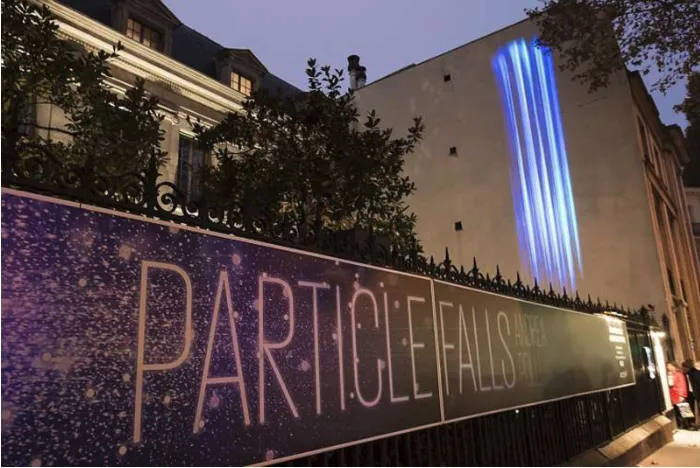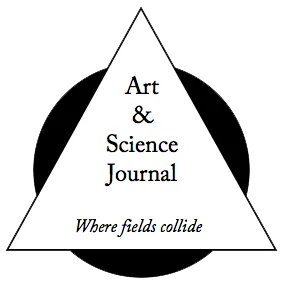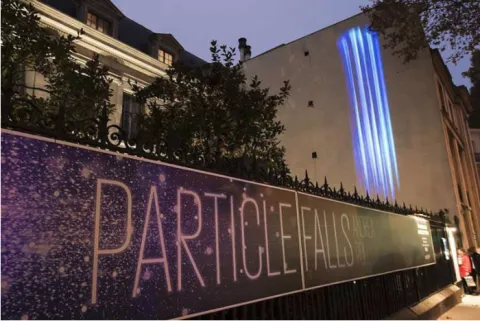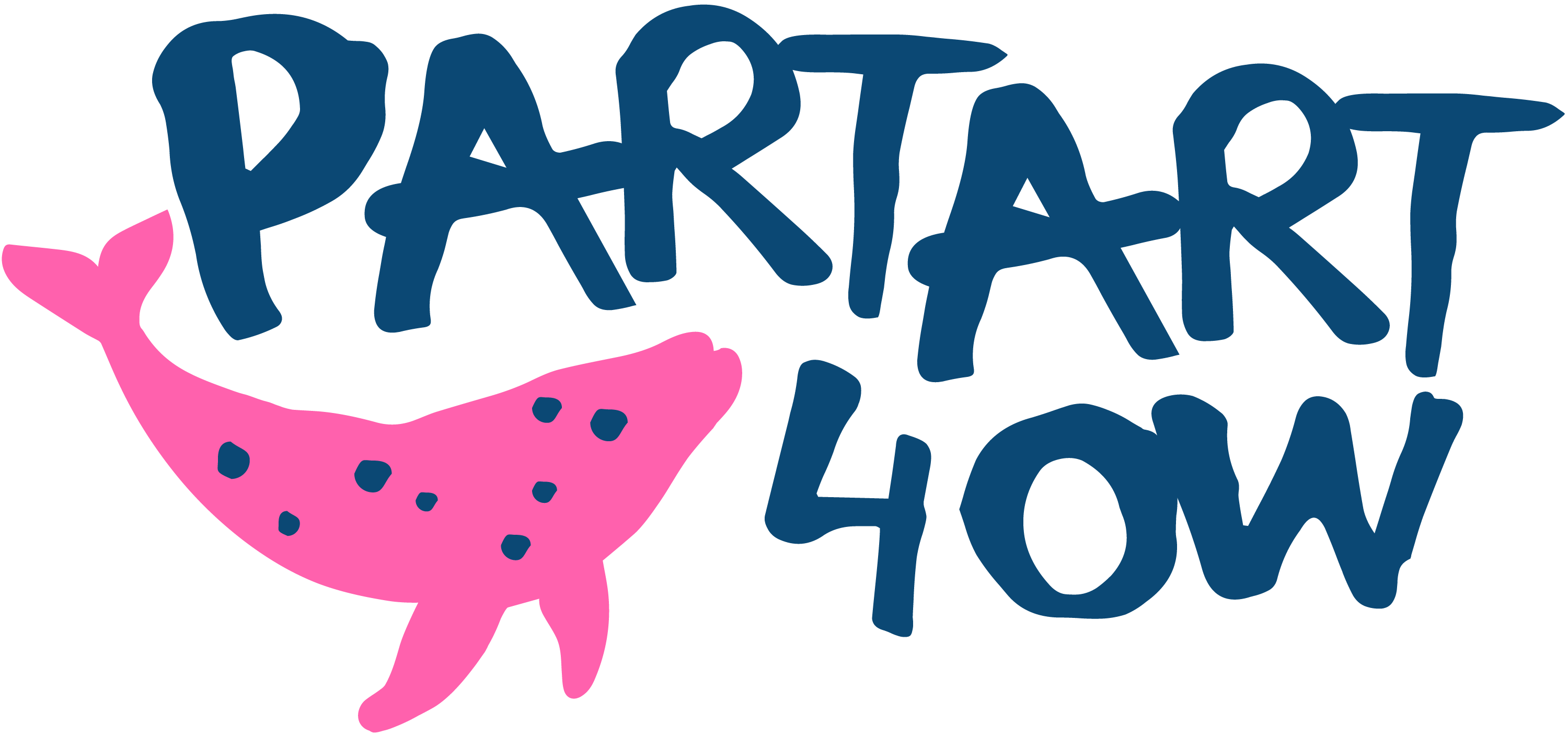
Creativity doesn’t just raise awareness—it also drives innovation in scientific research. Art and science, often seen as distinct fields, share a foundation of curiosity, experimentation, and the pursuit of understanding the world from new perspectives.
For example, digital art and interactive installations are increasingly being used to simulate aquatic ecosystems. These simulations allow both researchers and the public to virtually experience and explore the impacts of climate change, pollution, and overfishing on marine and freshwater environments. Projects like Virtual Oceans create immersive experiences to visualize environmental changes over time. See more examples here.

Image from https://www.artandsciencejournal.com
Soundscapes, blending artistic expression with biological research, are another area of innovation. Artists and scientists have collaborated to create underwater acoustic environments, highlighting sound pollution's impact on marine life. For instance, Hydrophones and Humanity uses underwater microphones to raise awareness and advance research. Check out similar initiatives here.

Image from https://oceanservice.noaa.gov/facts/hydrophone.html
Artistic approaches also help identify new research questions. By visually or audibly representing scientific data, artists uncover patterns or relationships that might go unnoticed in traditional analysis. The blending of art and technology pushes the boundaries of scientific methodologies, offering fresh insights and novel approaches.
In "Adrift", an interactive project by NASA and artists, ocean current data is visualized as stunning, dynamic imagery. These representations have revealed unexpected patterns, such as previously unnoticed gyres or current interactions. This kind of visualization prompts questions about how such patterns affect marine biodiversity or plastic pollution hotspots. Explore the project here.
The "Sounding the Reef" project uses recordings of reef soundscapes to create music-like compositions. By turning these into immersive auditory experiences, the work revealed correlations between specific sounds and ecosystem health, encouraging marine biologists to investigate how acoustic environments impact fish communication and behaviors. More details can be found here.
Projects like "Climate Symphony" transform climate change data into music, where rising sea levels or temperatures are represented as changes in pitch or tone. This auditory data representation revealed rhythmic patterns and cyclic phenomena that spurred new inquiries into climate variability. Discover the project here.
Artist Andrea Polli’s "Particle Falls" visualizes real-time air quality data as a digital waterfall, with its color and intensity shifting in response to pollution levels. The striking visuals have led scientists to question how environmental data's immediate, sensory representation can better track urban air quality trends. Learn more here.

Particle Falls at The Mona BismParticle Falls at The Mona Bismarck American Center Paris in conjunction with COP21, 2015. Photo Jared Rendon TrompakImage from https://www.andreapolli.com
Art-inspired methodologies provide virtual “labs” where both hypotheses and public engagement can flourish. They represent a future where art doesn’t merely complement science but actively shapes how we explore, understand, and address pressing environmental challenges.
Explore more inspiring collaborations at platforms like SciArt Initiative or Ocean Data Stories. These examples demonstrate how creativity and science together unlock new realms of understanding and possibility.
